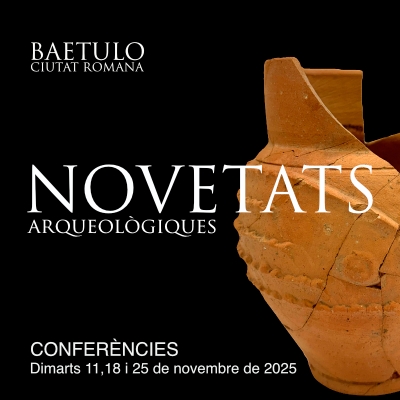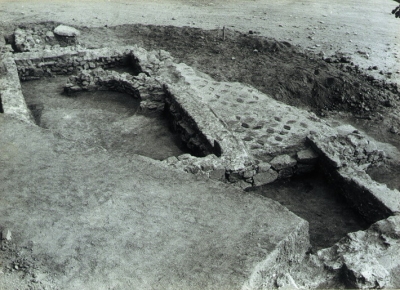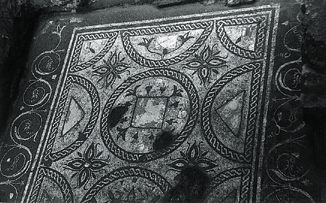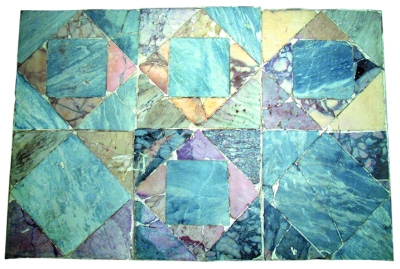Marble coverings in sectilia, incrostrazioni and simple applicatos became one of the most sophisticated forms of architectural decoration during the Roman Empire, especially in spaces of public and private representation. This technique, based on the composition of marble pieces carved into geometric and/or figurative shapes, not only responded to aesthetic criteria, but was also a symbol of social prestige and economic power.
Through a general introduction to the phenomenon of sectilia pavimenta and other marble decorations, we will explore their evolution, the materials used and the production and distribution networks that allowed their diffusion throughout the Mediterranean and, specifically, in Baetulo, where several sets of marble coverings have been identified that allow us to reconstruct not only the visual appearance of the spaces, but also the social and cultural dynamics of the city.
Through archaeological and archaeometric analysis, the uniqueness of the Baetulo pavements within the Hispanic context will be highlighted, highlighting their ability to adapt to imperial decorative models. These findings offer us a privileged look at Roman luxury and its material expression in the territory.
Lecture by Laura Galan. Researcher of the Institut Català d’Arqueologia Clàssica (ICAC).









